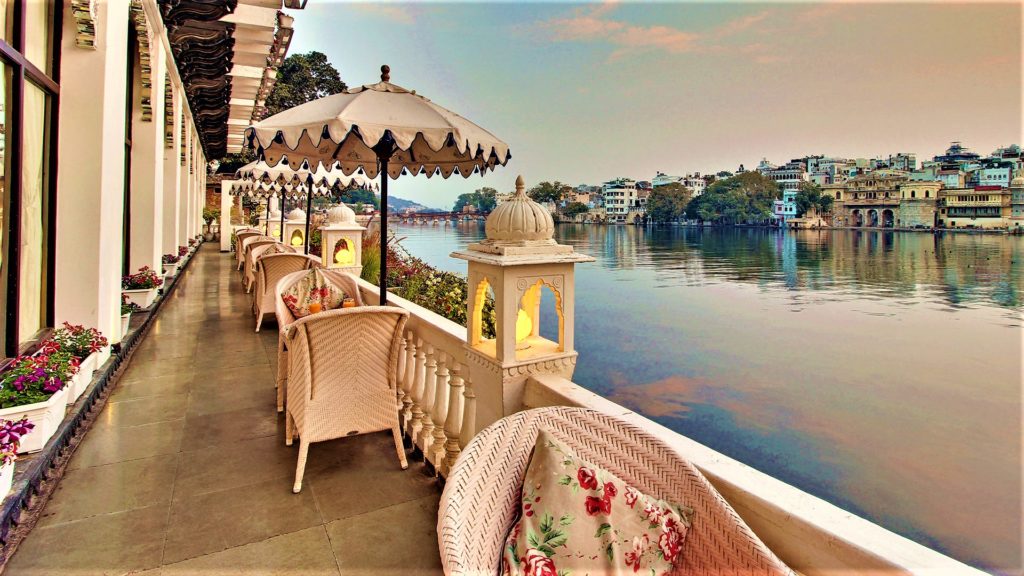Mohammed of Ghori was killed in 1206, and his successor, Qutb-ud-din, became the first of the Sultans of Delhi. Within 20 years, the Muslims had brought the whole of the Ganges basin under their control. In 1297, Ala-ud-din Khilji pushed the Muslim borders south into Gujarat. Ala-ud-din mounted a protracted siege of the massive fort at Ranthambhore, which was at the time ruled by the Rajput chief Hammir Deva. Hammir was reported as dead (although it’s unknown if he did actually die in the siege) and upon hearing of their chief’s demise, the womenfolk of the fortress collectively threw themselves on a pyre, thus performing the first instance of jauhar, or collective sacrifice, in the history of the Rajputs. Alu-ud-din later went on to sack the fortress at Chittorgarh in 1303, held by the Sisodia clan. According to tradition, Alu-ud-din had heard repute of the great beauty of Padmini, the consort of the Sisodian chief, and resolved to carry her off with him. Like Ranthambhore before it, Chittorgarh also fell to the Muslim leader.
